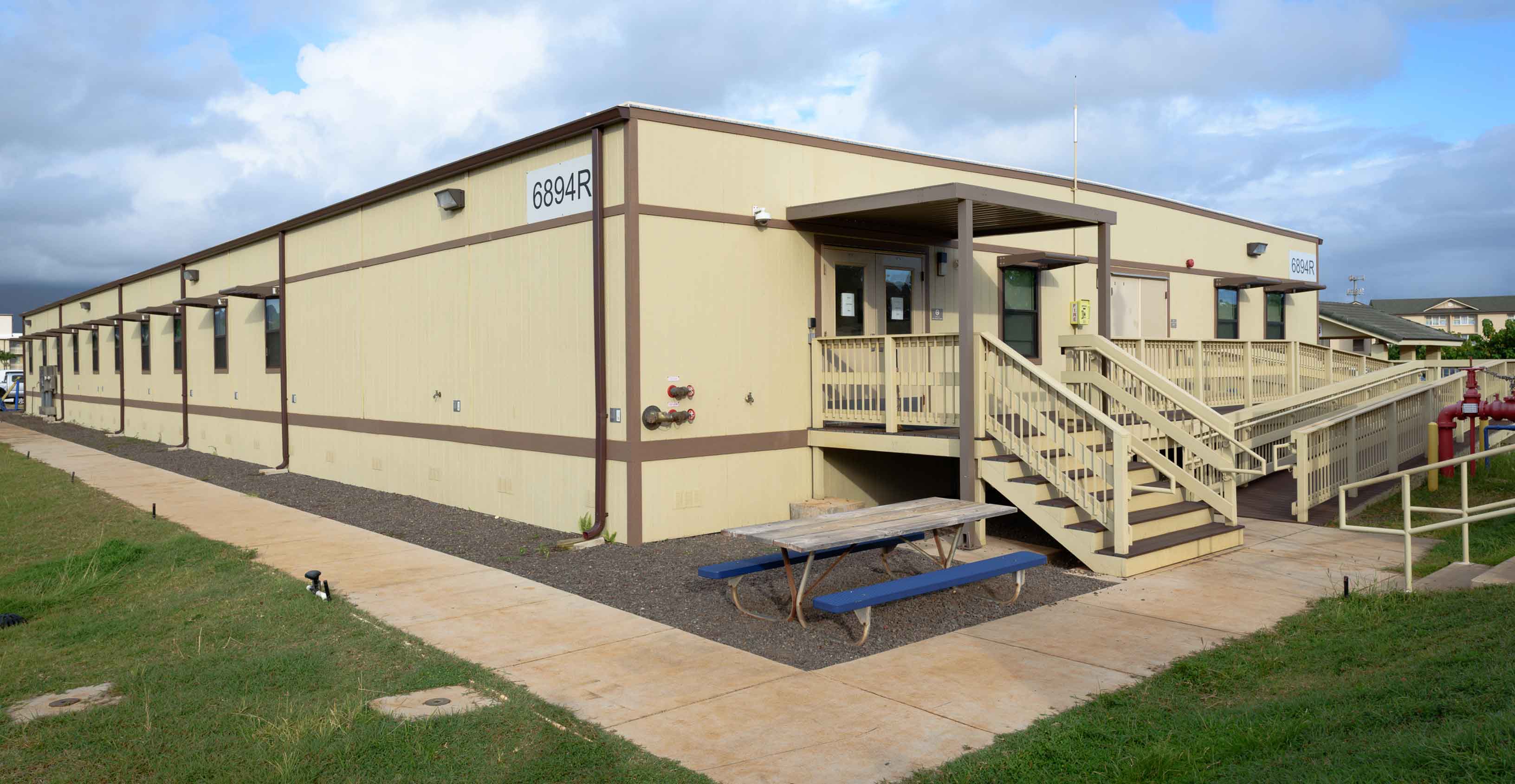If you are considering modular construction for an upcoming project, the first thing you should determine is what type of structure, temporary or permanent, will best suit your needs. Here, we break down the main differences of each to help you figure out which option is right for you.
Permanent Building
Whether you opt for a permanent building or a temporary one, you are guaranteed to reap the sustainable and efficient benefits of modular construction. Both types of structures have similar construction phases that take place off site in a factory setting, and similar to temporary buildings, your permanent structure is made up of modules. Upon completion, these building blocks are transported to your construction site, and once delivered, they will be installed either on a concrete foundation, CMU piers, or on a permanent foundation set at grade.Permanent construction is typically utilized for commercial purposes or to expand on an existing structure like a school or hospital. If the aesthetic of your building is paramount, we highly recommend permanent buildings. With a permanent structure, you have more design liberties outside of your floor plan, such as interior and exterior finishes.
Temporary Building
If you needed a new building say, yesterday, a temporary solution is the way to go. In the case of an emergency such as a natural disaster, temporary buildings are a quick and affordable way to provide relief to affected areas in the shape of temporary food banks or medical care.Temporary buildings have other uses beyond emergency situations and provide the end user with great flexibility. For one, you can lease a temporary building if your needs are short-term, and temporary structures can also be relocated with ease. Do keep in mind that your design options are a little more limited with temporary structures. However, often times construction providers have existing buildings available for lease providing you with quicker and more cost effective options.
Regardless of which structure you need, modular construction always produces high-quality, cost-effective buildings in less time than traditional construction. In other words, you simply can’t go wrong!
Have a better idea of which type of structure you need now? Contact us today to get your project started!


